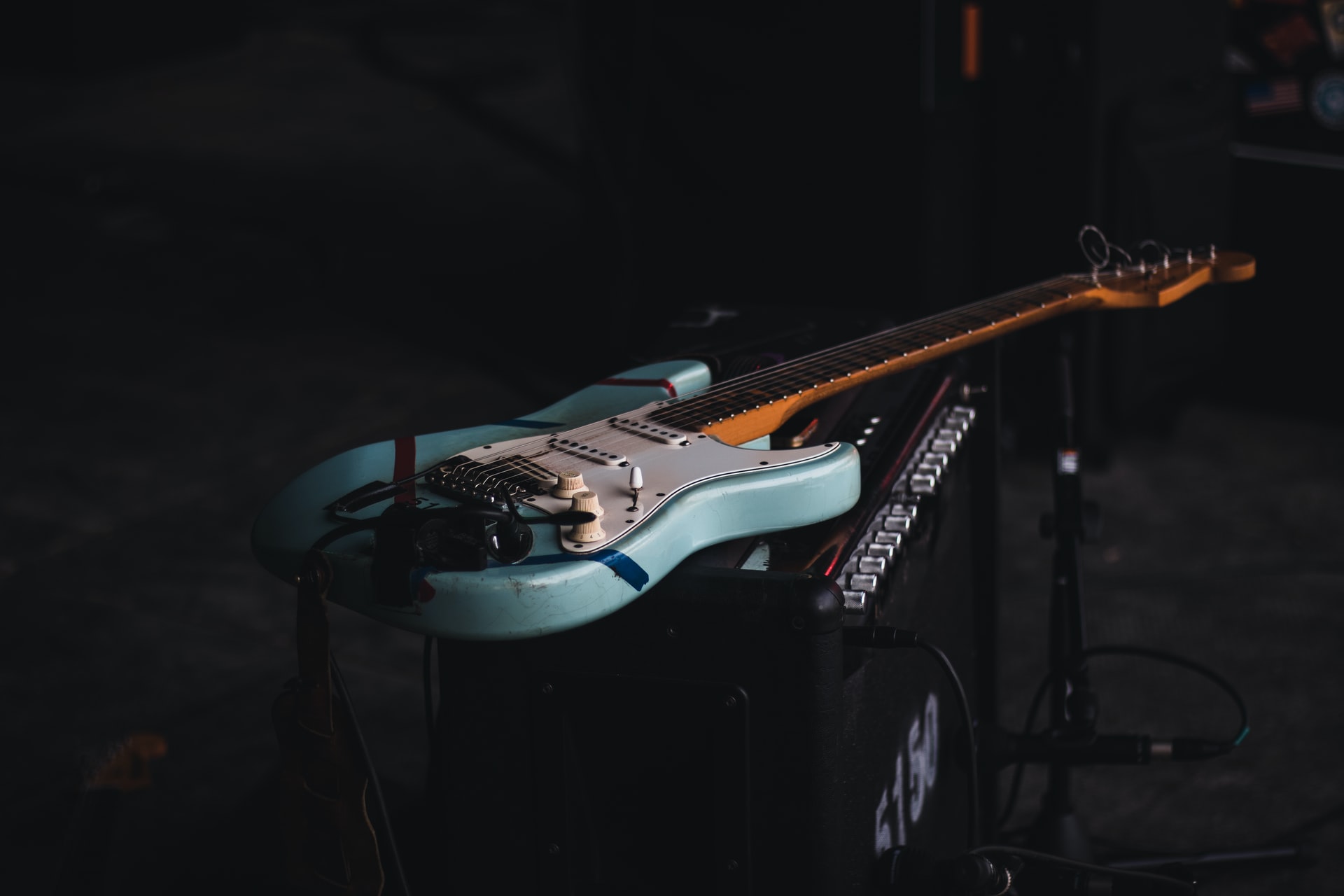Guitars are one of the most popular instruments in the world. Guitar playing can be a form of art, an avenue for creativity and expression, or even just a way to tune out from life’s stresses. Whatever your reasons for learning how to play guitar may be, you’re about to enter into something that will change your life forever. This Matamat guide is designed so that anyone who reads it will know what they need to do when they start on their journey as a guitarist. Guitar care, selection and styles are all discussed below.
The guitar can be either an acoustic or electric instrument with a long history of use in popular music and traditional folk music it is also well known for its use in country, blues, classical music (especially Spanish composers), jazz, rock’n’roll as well as other genres. The design variations range tremendously from the type of wood used to make the body’s soundboard to how many strings there are on each neck. Even when they have similar features such as what their string length is or whether they come equipped with frets or not; guitars vary greatly across ethnic lines too! So we’ll start off by breaking down the different types of guitars that you may come across and what they’re used for:
- Acoustic Guitar
- Electric Guitar
- Classical Guitar
It’s important to know how each guitar is played before you make a purchase; this will help you stay away from any possible regrets or mistakes. The acoustic guitar has been around since at least the 14th century so it was designed with some longevity in mind. As for electric guitars, their popularity only exploded after rock’n’roll became popular in post WWII America because musicians wanted more volume than an acoustic instrument could produce on its own. Finally, classical guitars are often seen as luxury items due to them being handcrafted in a way that produces higher quality sound but they’re also seldomly used in a modern context.
Guitar Styles
When it comes to guitar care, you need to make sure that the instrument is properly tuned and then stored away when not being played. This is because humidity can have an impact on how well your string tension remains over time which may lead to difficulty playing or even snapped strings. If there’s any major maintenance needed such as tightening of screws, oiling of wood material for acoustic guitars; these should only be done by someone who knows what they’re doing so that damage isn’t made worse than it already was! It’s best not to place your guitar near a radiator or anything hot that will dry out the wood or make the guitar’s strings go out of tune.
Guitar Selection
And now we’ll cover some important points on how to select a guitar in order to ensure you’re purchasing one that will be used often and last for years:
- Neck Shape
- Body Style
- Strings Type/Tension/Number
Necks have different shapes which may mean they are better suited for specific styles of play, so it’s best to know what your preference is before buying! The body style also needs to correspond with whatever genre of music you want it for, as well as if you prefer single coils or humbuckers from an electric guitar perspective. Finally, string type can either be steel (higher tension) or nylon (lower tension) along with the number of strings per neck. This is a personal preference and there are advantages to both.
Guitar Care
Guitars need regular maintenance in order for them to be used well over time; this is because they are subject to varying levels of humidity which will affect their string tension as well as the wood material that makes up its body. You want to make sure an acoustic guitar’s neck isn’t too tight or loose while ensuring electric guitars don’t go out of tune due to being close to a radiator then you’ll also have strings replaced every few months before it snaps from high tension (steel) being applied on nylon strings!
The important thing about our Guitar Guide is that we do all the hard work for you so that when you’re choosing a Guitar, it’ll be a lot easier!

